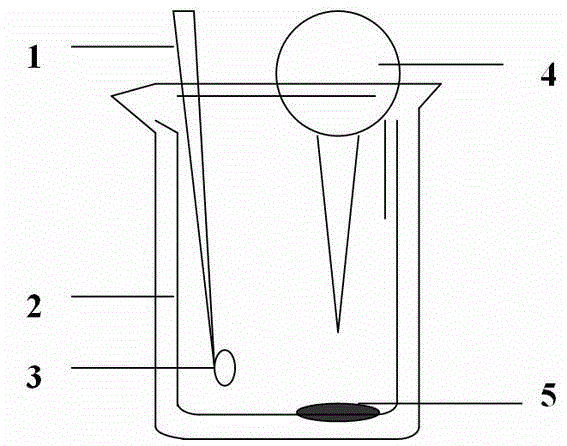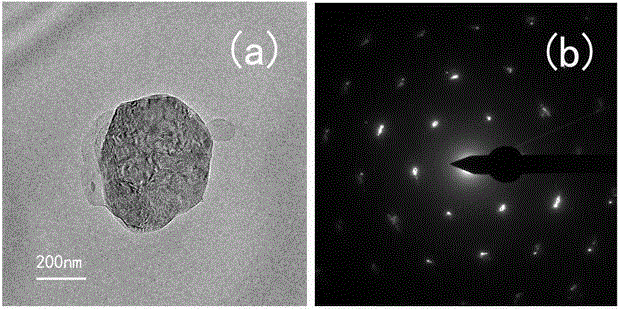Method for searching blind core deposit by utilizing carbonic particles
A hidden ore deposit and particle technology, applied in the geological field, can solve the problems of single particle analysis method and inability to analyze carbon-containing particles, so as to improve the accuracy of ore prospecting and the success rate of ore prospecting
- Summary
- Abstract
- Description
- Claims
- Application Information
AI Technical Summary
Problems solved by technology
Method used
Image
Examples
Embodiment 1
[0040] Example 1 Collection of Carbon Containing Particles
[0041] 1. Regional background
[0042] The Dongshengmiao deposit is a super-large sulfur-lead-zinc polymetallic deposit located in Bayinbaolige Town, Wulatehou Banner, Bayannur City, Inner Mongolia. The main ore-hosting rock is biotite graphite schist, and the ore components are mainly pyrite, Pyrrhotite, sphalerite, galena, useful elements mainly include S, Cu, Pb, Zn, Fe, associated elements that can be comprehensively utilized include Ag, Co, Gd, Au, graphite is one of the main components of the ore body .
[0043] 2. Collection method
[0044]In this embodiment, samples of surface soil updraft and fault gouge in deep faults crossing the ore body are collected. There are two kinds of grids used in this embodiment, one is SiN pane, the composition is Si and N, and the other is the support film of SiO 2 Cu mesh.
[0045] (1) Collection of surface soil updraft samples
[0046] In this embodiment, the ground gas...
Embodiment 2
[0050] The detection and analysis of embodiment 2 samples
[0051] Put the grid containing the two samples obtained in Example 1 into the sample stage of the transmission electron microscope, take pictures of the surface morphology, and analyze the surface morphology; obtain the EDS energy spectrum, element content table, and diffraction pattern diagram and high-resolution images. When calculating the content of elements, the net composition has been considered, and the content is calculated after deducting the net composition.
[0052] 1) Analysis of deep fault gouge particle results
[0053] figure 2 (a) is a carbon-containing particle, the particle is nearly round, the size is 600nm, and there is a circular spot with a large contrast in the middle, the size is 40nm, the selected area diffraction pattern ( figure 2 (b)) appears to be amorphous. X-ray energy spectrum analysis results (Table 1) show that it mainly contains C and O, and also contains a small amount of Na,...
PUM
 Login to View More
Login to View More Abstract
Description
Claims
Application Information
 Login to View More
Login to View More - R&D
- Intellectual Property
- Life Sciences
- Materials
- Tech Scout
- Unparalleled Data Quality
- Higher Quality Content
- 60% Fewer Hallucinations
Browse by: Latest US Patents, China's latest patents, Technical Efficacy Thesaurus, Application Domain, Technology Topic, Popular Technical Reports.
© 2025 PatSnap. All rights reserved.Legal|Privacy policy|Modern Slavery Act Transparency Statement|Sitemap|About US| Contact US: help@patsnap.com



